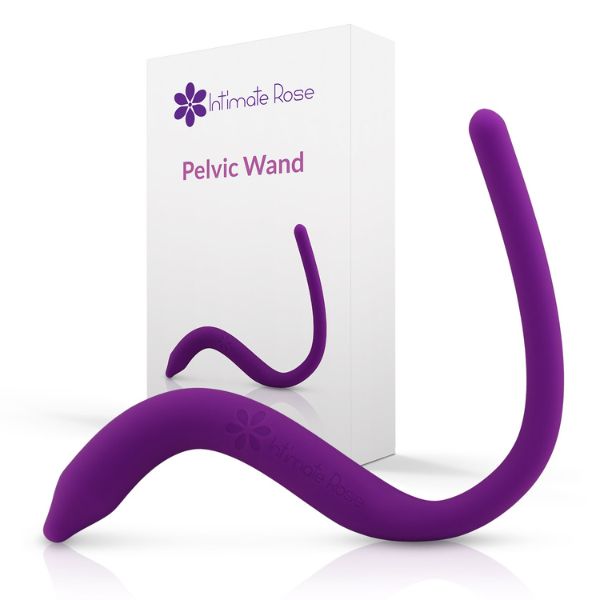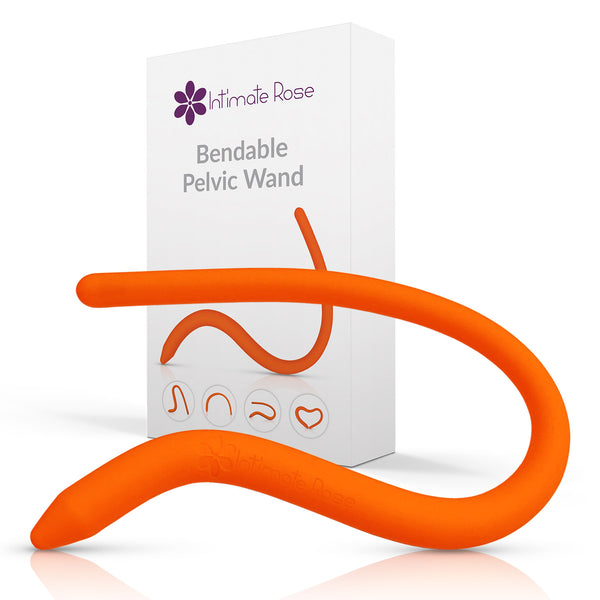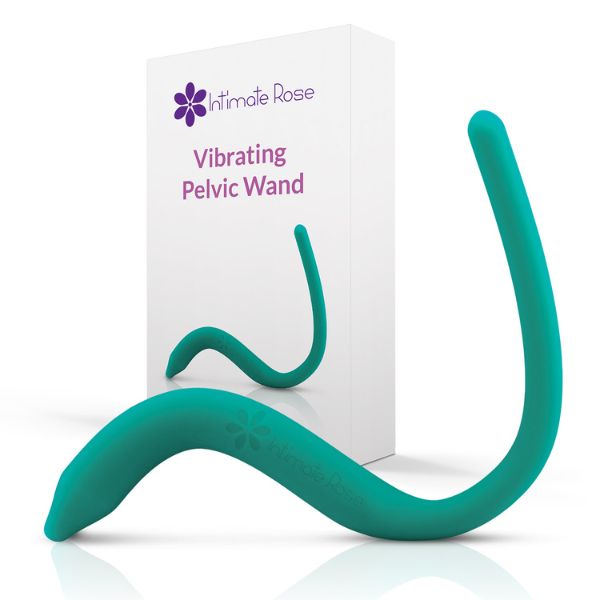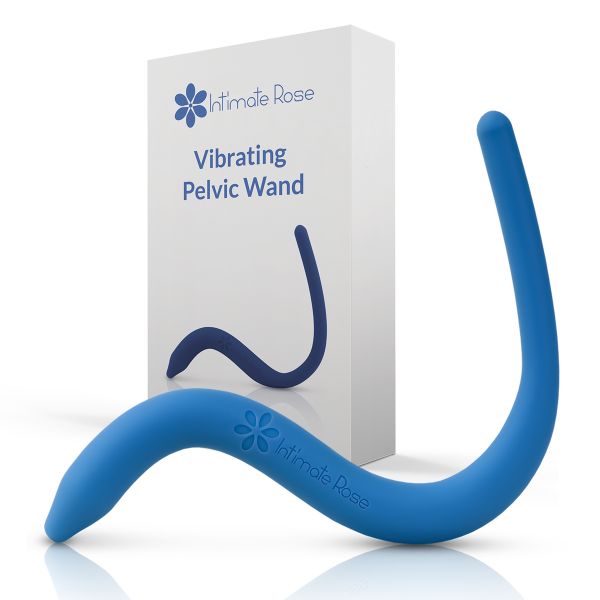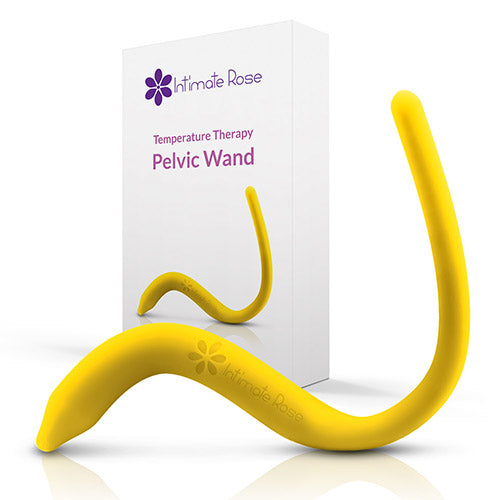Initial PT Evaluation (22 Days Postpartum)
-
Pelvic floor muscle spasm and incoordination
-
Perineal scar hypersensitivity and hypomobility

Apply for Free Samples

Apply for Free Samples
Treatment Approach
-
External pelvic floor muscle release
-
Trigger point release
-
Pelvic floor muscle stretching
-
Thiele’s massage
-
Fascia and trigger point release
-
Urethral mobilization
-
Strain-counterstrain techniques
-
Scar tissue mobilization (patient was also trained in self-mobilization)
-
EMG biofeedback using a vaginal sensor
-
Techniques practiced while seated on a commode
-
Verbal and tactile cueing, and diaphragmatic breathing to promote coordinated pelvic floor activation during voiding
Outcomes:
-
NIH Chronic Prostatitis Questionnaire score improved from 25 to 5
-
Post-void residual volumes and ISC frequency both decreased over the course of 18 PT sessions
Clinical Takeaway:
Pelvic Wands


Apply for Free Samples




